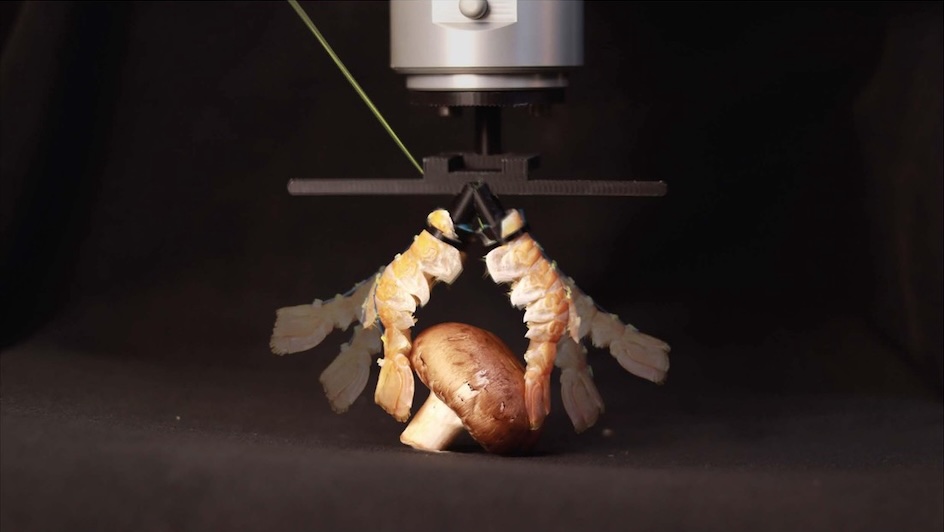#ThrowbackThursday – 3 February

From the day that music died, to the first (sort of) moon landing, here are five events that went down in history on 3 February:
1821 – Happy Birthday, Elizabeth Blackwell!
Today marks the 201st birthday of Elizabeth Blackwell, the first contemporary woman doctor of medicine!
Born into wealth and privilege in 1821, 11-year-old Blackwell moved to the USA with her family when their financial situation suddenly became dire. At the age of 28, she became the first woman to graduate from Geneva Medical College in Geneva, New York. No less than ten years later, she gained another achievement by being the first woman to have her name on the British medical register.
Despite enduring sexism from her peers throughout her career, Blackwell established herself as a great figure in the medical field, becoming well-known as a physician who heavily promoted social awareness, moral reform, and education (particularly in medicine) for women.
She opened the Woman’s Medical College in New York in 1868, before she was appointed professor of gynaecology at the London School of Medicine for Women. Then, at the age of 89, she passed away after suffering a stroke, and was buried in Scotland.
Today, women across the world have more opportunities to study in the medical field, thanks to the efforts of pioneers such as Blackwell.
1882 – Jumbo Joins the Circus
Before there was Dumbo the (admittedly fictional) flying circus elephant, there was Jumbo the (real-life) elephant, who was one of the greatest circus attractions in history.
In 1882, Jumbo was 23 when he was purchased by businessman P.T. Barnum for his circus, “The Greatest Show on Earth”. Two months later, he arrived in New York City from the Royal Zoological Society in London with his carer, Matthew Scott. The elephant then made his debut at the Hippodrome (later called Madison Square Garden), and he soon became a hit in the US and Canada.
Tragically, Jumbo lost his life three years later after he was run down by an express train in St Thomas, Ontario, Canada. According to reports, Jumbo reached out to a grief-stricken Scott and drew him in with his trunk during his final moments.
1928 – Peking Man
Eighty-four years ago, a Canadian paleoanthropologist named Davidson Black published his findings about a new species of human.
In the scientific journal “Nature”, Black described his discovery from his excavation sites in Zhoukoudian, China, a discovery which consisted of one single fossilised molar of an extinct group of humans. From this tooth alone, he deduced that it belonged to a hominid that he named Sinanthropus pekinensis, or “Peking Man”.
Thanks to his work, Black was able to direct paleoanthropological research to Asia. Later that year, more teeth, skull fragments and a lower jaw were discovered, thus helping scientists to understand Peking Man and its place in human evolution.
Today, Peking Man is considered a subspecies of one of our major ancestors, Homo erectus.
1959 – The Day The Music Died
“The Day the Music Died” is the unofficial name of 3 February, as three major American musicians lost their lives on this day exactly 63 years ago.
Buddy Holly, Ritchie Valens and “The Big Bopper” J. P. Richardson were considered the popular rock ‘n roll kings of their time. They were scheduled to travel in a chartered plane from Clear Lake, Iowa to Fargo, North Dakota; from there, they would have driven to Moorhead, Minnesota for a concert gig.
Alas, the three musicians never made it – a combination of poor weather and the 21-year-old pilot’s lack of flying experience caused the plane to crash in a cornfield near Clear Lake. Holly, Valens and Richardson, as well as the pilot, died on impact.
Country music legend Waylon Jennings, who was a friend of Holly, gave up his seat on the plane for Richardson – who was sick with the flu – and instead took a bus down to Fargo. When Holly joked that the bus would freeze up, Jennings replied in kind, “Well, I hope your ol’ plane crashes.”
To this day, says Jennings whenever the subject is broached, those poignant words continue to haunt him.
1966 – To The Moon
Three years before Neil Armstrong and Buzz Aldrin set foot on the moon, the Soviet Union beat them to it … sort of.
At the peak of the “Space Race”, the Soviet Union managed to accomplish the first soft landing on the moon, thanks to their Luna 9 spacecraft. With a mass of 99kg, it was launched into space on 31 January before touching down on the moon’s surface three days later.
About 250 seconds after landing, four petal extensions helped to stabilise Luna 9, allowing it to keep itself in place. Using its onboard television camera, it soon began sending pictures back to Earth. According to NASA’s history logs, “its photographs provided four panoramic views of the nearby lunar surface.”
For three days, Luna 9 continued to function until its batteries ran down. Since then, many soft landings have been conducted by the USA, the Soviet Union and China in a bid to improve space knowledge across the globe.





















